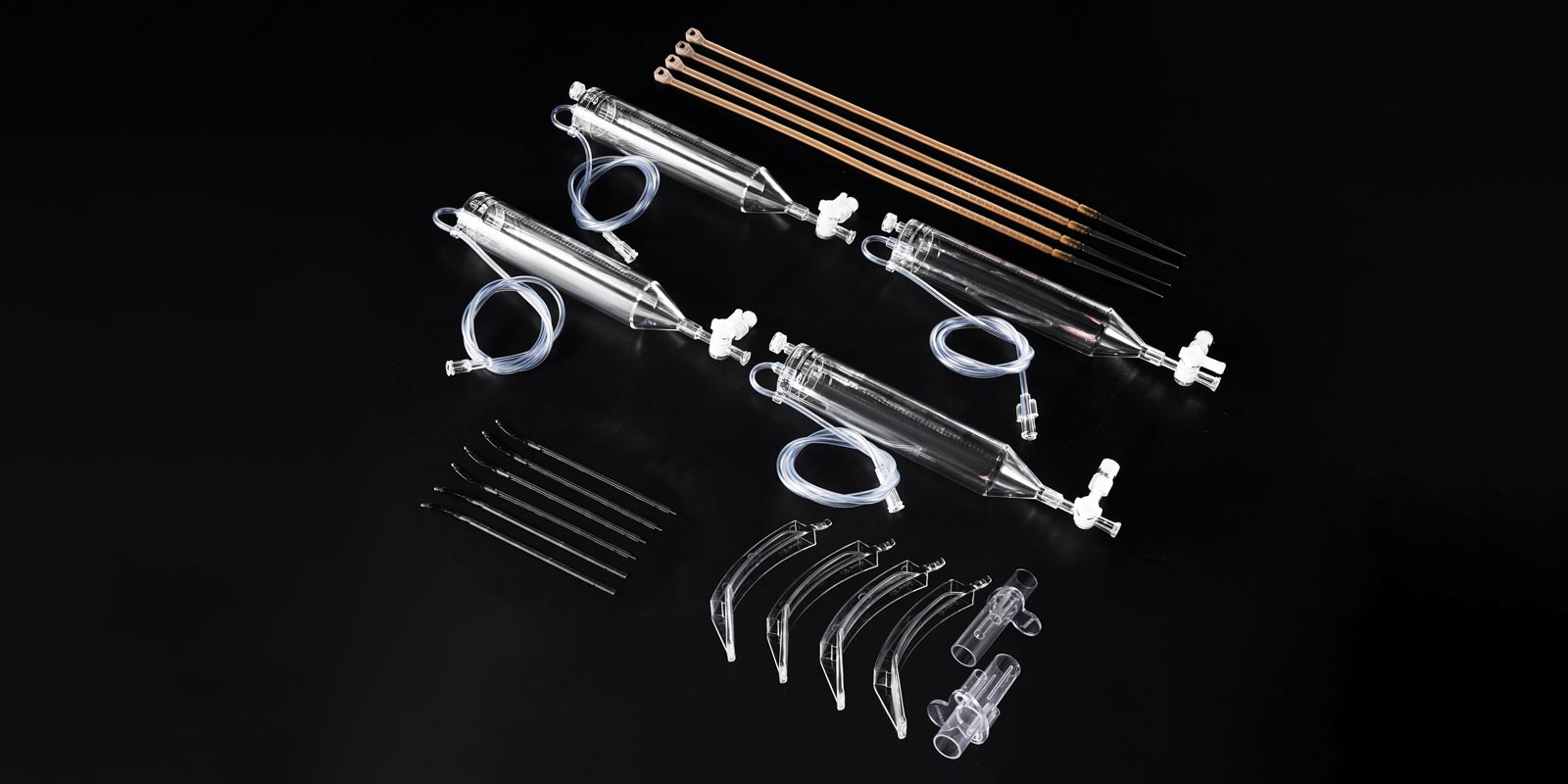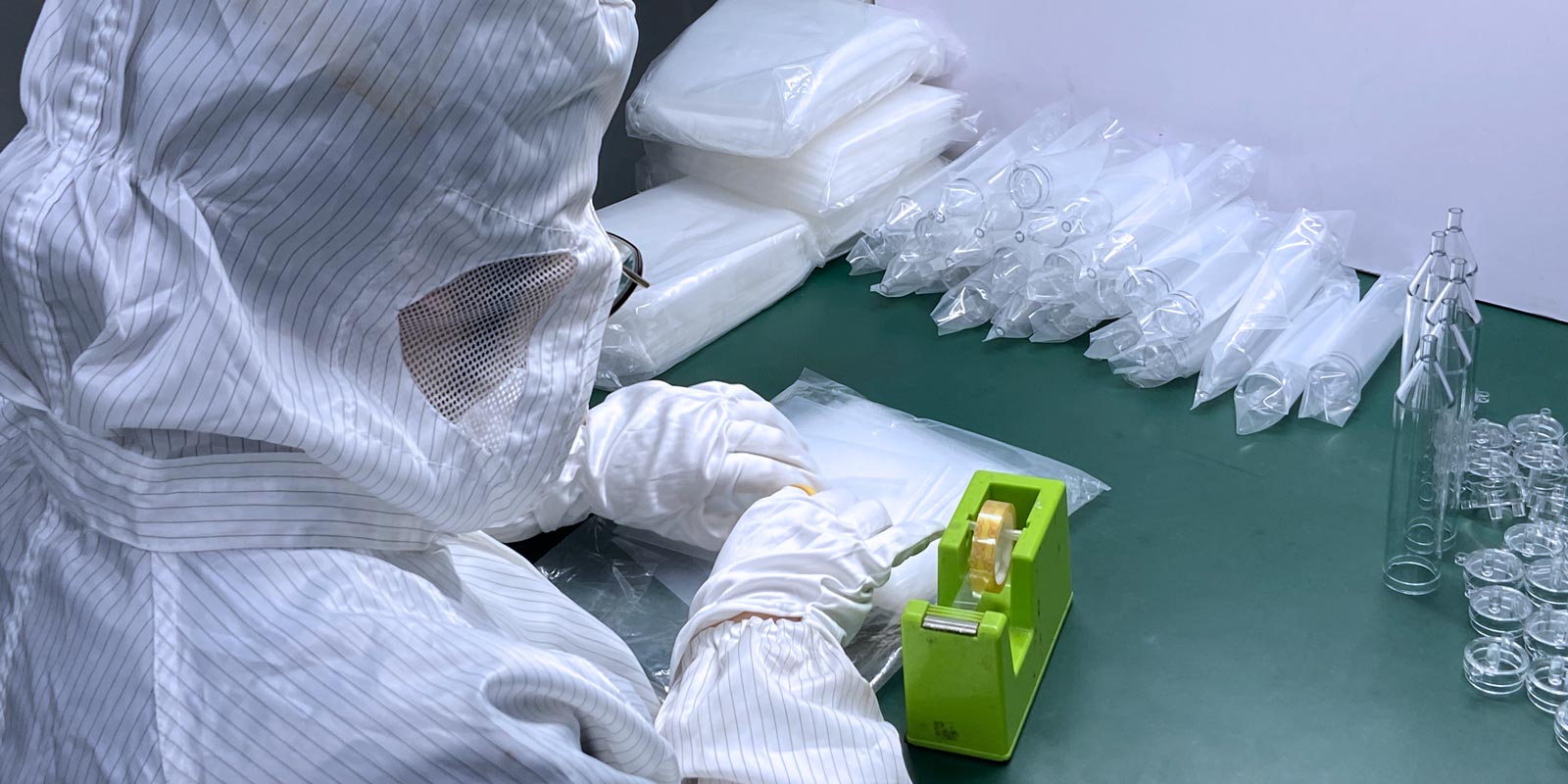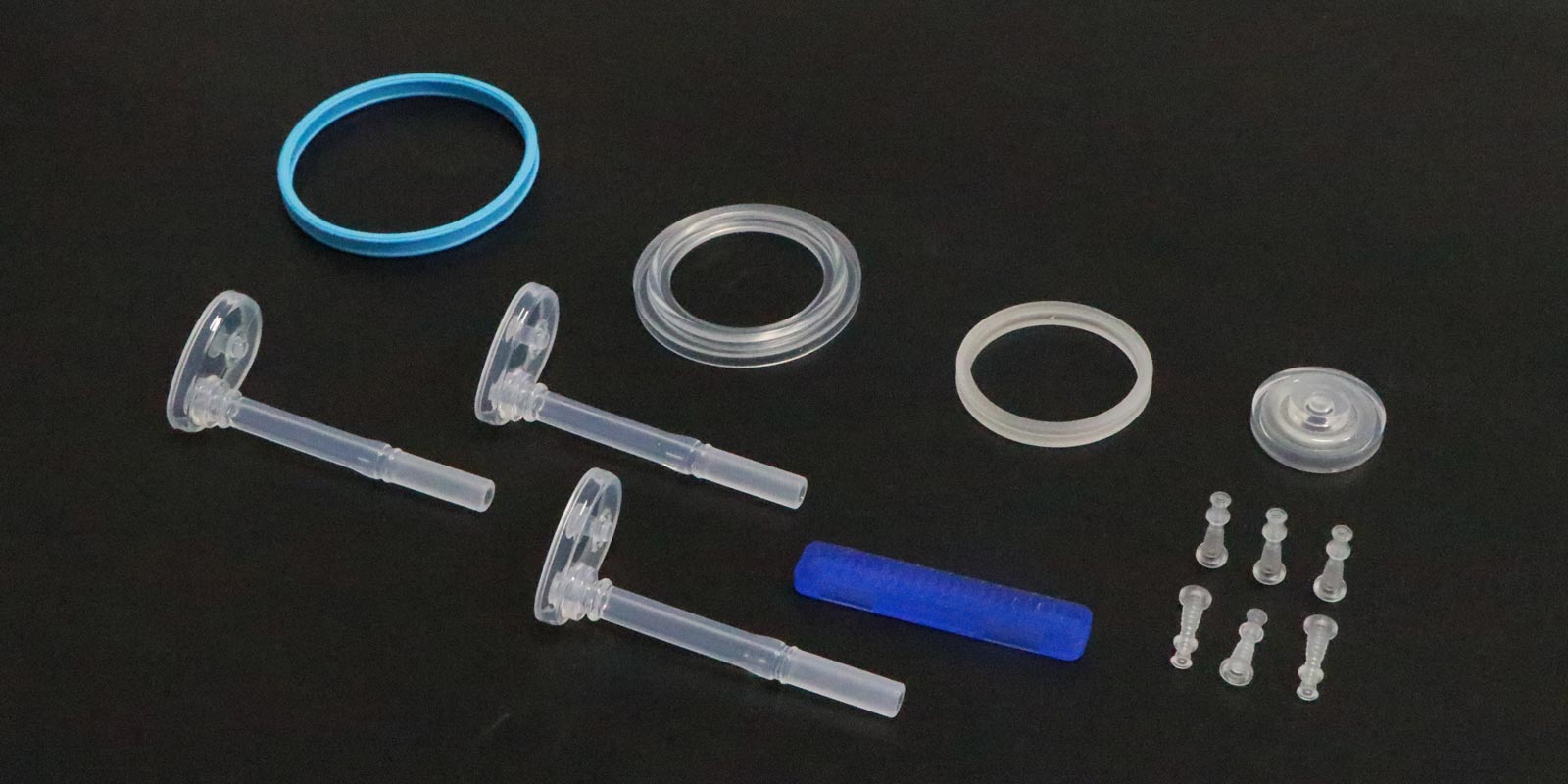In the production of medical plastic products, shrinkage issues – including surface sinks and internal voids – have always been a thorny challenge that plagues the industry. These defects primarily arise from insufficient melt replenishment in thicker sections of the product during the cooling process. Facing this widespread dilemma, what effective measures do medical injection molding manufacturers have up their sleeves? Yize's editor is here to delve into the details for you.
Among various materials, PC material, due to its rapid cooling characteristics, poses a particularly difficult challenge in terms of void issues; whereas PP material is prone to both surface sinks and internal voids. When confronted with severe shrinkage in large, thick-walled parts, conventional injection molding techniques often fall short, necessitating unconventional approaches.
Primary Strategy: Shorten Cooling, Early Ejection
Without compromising the dimensional stability of the injected part upon ejection, the key lies in shortening the cooling time to allow the product to be ejected from the mold at a higher temperature. At this stage, the outer layer of the product remains relatively warm, with the surface not overly hardened, resulting in a smaller temperature difference between the interior and exterior. This facilitates uniform shrinkage across the entire product, thereby reducing localized shrinkage and mitigating the severity of both internal voids and surface sinks.
Addressing Surface Sinks: Precision Cooling and Chill-Quenching
Surface sinks occur when the mold surface heats up, reducing its cooling efficiency, and the newly solidified surface of the injection molded part remains soft. The unresolved internal voids create a vacuum, causing the surface to compress inward under atmospheric pressure and the force of shrinkage. Therefore, after early ejection, appropriate cooling is applied to maintain a certain hardness on the product's surface, making it less susceptible to surface sinks. In severe cases where conventional cooling is ineffective, chill-quenching with iced water is employed to rapidly harden the surface, although internal voids may still persist. For materials like PP, which have softer surfaces, this approach significantly reduces the likelihood and severity of surface sinks.
Extended Injection Time and Optimized Mold Temperature
Simultaneously, extending the injection time to substitute for part of the cooling time can further improve the appearance of surface sinks and even internal voids. When addressing internal voids, it's important to note that excessively low mold temperatures can exacerbate the problem. Therefore, machine water cooling should be used instead of iced water, and the mold temperature may need to be appropriately increased. For instance, when injecting PC material, raising the mold temperature to 100 degrees Celsius can significantly improve the reduction of voids. Conversely, to resolve surface sinks, the mold temperature should be lowered slightly.

Anti-Shrinkage Agents and Gas-Assisted Injection Molding: Ultimate Solutions
Although the aforementioned measures can significantly improve the situation, achieving perfection may require additional assistance. For products other than transparent ones, the addition of anti-shrinkage agents can be a reluctant but effective solution. For thick-walled or uneven-walled plastic parts, gas-assisted injection molding technology offers a revolutionary solution. This technique involves injecting high-pressure gas into the thicker sections of the part, creating a hollow cross-section, completing the filling process, and achieving gas pressure maintenance to eliminate product shrinkage marks.
Gas-assisted injection molding not only overcomes the limitations of traditional injection molding in combining thick and thin walls but also significantly reduces residual stress in the product, preventing warping and deformation, and improving surface quality. Additionally, it can reduce product weight by up to 40%, shorten the molding cycle by 30%, increase product yield, reduce injection pressure by 60%, allowing smaller tonnage injection molding machines to produce larger parts, and significantly lower operating costs and mold wear. It also provides greater freedom in mold design, enabling the use of more robust structures such as thick ribs, connectors, and plates.
In summary, medical injection molding manufacturers effectively tackle product shrinkage issues and enhance product quality through a combination of strategies, including shortened cooling times, precision cooling techniques, extended injection times, optimized mold temperature management, and the adoption of anti-shrinkage agents and gas-assisted injection molding technologies.
















 Home
Home
